A Practical and Symbolic Guide to Keeping Succulents Thriving in Warm Weather
Heat Wise Succulent Gardener – Why Succulents Deserve Seasonal Strategy
Heat Wise Succulent are resilient, but they are not invincible. Their thick leaves and water-storing tissues evolved to survive drought, not neglect. Warm weather brings both opportunity and risk. Sunlight fuels growth, but excess heat can trigger stress. Succulents thrive when their environment is balanced. They respond to light, temperature, airflow, and hydration. Caring for them in warm weather requires observation and adaptation. This guide explores how to support succulents through seasonal extremes.
It offers practical advice, symbolic insight, and ecological clarity. Each section builds toward a deeper understanding of succulent care. Tables contrast strategies, symptoms, and solutions. The goal is not perfection—it is rhythm. Succulents teach restraint, patience, and emotional literacy. Their survival depends on subtle cues. Warm weather care is not just technical—it is relational. The gardener becomes a steward of structure and softness. Succulents reward consistency and clarity. What we notice shapes what we nurture. This guide is for those who grow with intention.
Light Management – Balancing Sun and Shade
Succulents love sunlight, but too much can cause damage. Direct midday sun may scorch leaves and trigger dehydration. Morning light is gentler and more beneficial. East-facing windows or garden beds offer ideal exposure. South-facing areas require shade cloth or filtered light. Sunburn appears as brown, red, or translucent patches. Shade-loving varieties need protection during heatwaves. Rotating pots ensures even growth and prevents leaning. Light intensity affects bloom cycles and leaf color.
Succulents stretch toward light when underexposed. Overexposure leads to faded pigments and leaf drop. The gardener must observe posture and pigmentation. Light is not just fuel—it is feedback. Succulents communicate through their orientation. Adjusting placement builds trust and resilience. Shade structures should allow airflow and partial light. Indoors, use sheer curtains or reposition near bright windows. Outdoors, consider pergolas or mesh screens. Light management is a seasonal dance. What we filter shapes what we grow.
| Light Condition | Plant Response | Adjustment Strategy |
|---|---|---|
| Morning Sun | Healthy growth | Ideal exposure |
| Midday Sun | Risk of sunburn | Use shade cloth |
| Low Light | Stretching, pale leaves | Rotate or relocate |
| Filtered Light | Balanced pigmentation | Maintain consistency |
Soil Composition – Building the Right Foundation
Succulents require well-draining soil to prevent root rot. Standard potting mixes retain too much moisture. A proper mix includes coarse sand, perlite, and cactus blend. Organic matter should be minimal and aerated. Soil should feel gritty, not compact. Drainage holes in containers are essential. Raised beds must be layered with gravel or pumice. Moisture retention leads to fungal growth and decay.
Succulents prefer slightly acidic to neutral pH. Soil should dry out between waterings. Overly rich soil encourages weak, leggy growth. The gardener must continuously change and treat soil as a living medium. Repotting every 12–18 months refreshes structure and nutrients. Soil health affects leaf firmness and root expansion. Succulents thrive when roots breathe. Compacted soil suffocates and stagnates. Mixing your own blend allows control and customization. Store-bought mixes can be amended with sand and grit. Soil is not just support—it is strategy. What we build below shapes what blooms above.
Powerful Why We Grow What We Grow In Vegetables And Fruit
| Component | Function | Ideal Ratio |
|---|---|---|
| Cactus Mix | Base structure | 50–60% |
| Perlite | Aeration and drainage | 20–30% |
| Coarse Sand | Grit and root access | 10–20% |
| pH Level | Nutrient absorption | 6.0–7.0 |

Watering Wisdom – Timing, Technique, and Trust
Succulents store water, but they still need hydration. Overwatering is the most common cause of decline. In warm weather, evaporation increases but so does root activity. Watering should be deep and infrequent. Allow soil to dry completely between sessions. Bottom watering prevents crown rot and leaf spotting. Use room-temperature water to avoid shock. Morning watering supports photosynthesis and reduces fungal risk. Evening watering may suit dry climates but risks mildew.
Succulents wilt when thirsty but also when overwatered. The gardener must learn to read leaf texture and soil depth. Watering becomes a ritual of restraint and rhythm. Frequency depends on pot size, soil type, and exposure. Outdoor succulents may need weekly checks. Indoor plants require less frequent attention. Watering is not just hydration—it is communication. Succulents respond with posture and pigment. The gardener must observe and adapt. What we pour reflects how we care.
| Watering Method | Best For | Risks | Ritual Notes |
|---|---|---|---|
| Bottom Watering | Sensitive foliage | Root saturation | Use shallow trays |
| Top Watering | Quick hydration | Leaf spotting | Avoid crown contact |
| Soak and Dry | Deep root access | Timing critical | Check soil depth |
| Misting | Boosts humidity | Risk of fungal growth | Mist air, not leaves |
Container Choice – Why the Pot Matters
Succulents need containers that support drainage and airflow. Clay pots are breathable and help wick away excess moisture. Plastic pots retain water longer and may cause root stress in hot weather. Ceramic pots offer aesthetic appeal but must include drainage holes. Metal containers heat up quickly and can damage roots. Wood planters should be lined to prevent rot. Shallow pots suit succulents with compact root systems. Deep pots may encourage overwatering and slow growth.
The pot size should match the plant’s maturity and root spread. Overpotting leads to soggy soil and delayed blooming. Undersized pots restrict root expansion and nutrient access. Drainage holes are non-negotiable for succulent health. Decorative outer pots must not trap excess water. Elevating pots improves airflow and prevents heat buildup. Grouping pots can create microclimates and shade. The gardener must choose containers that balance form and function. Repotting every 12–18 months refreshes soil and structure. Container choice affects hydration, temperature, and root rhythm. The pot becomes part of the plant’s emotional architecture. What we place them in shapes how they grow.
| Pot Type | Benefits | Risks | Best Use Case |
|---|---|---|---|
| Clay | Breathable, natural | Dries quickly | Warm climates, fast drainage |
| Plastic | Moisture retention | Risk of rot | Cooler climates, small pots |
| Ceramic | Aesthetic, stable | Heavy, may lack drainage | Indoor display, filtered light |
| Metal | Lightweight, modern | Heats quickly | Shade placement only |
Airflow and Ventilation – Breathing Space for Succulents
Airflow is essential for succulent health in warm weather. Stagnant air increases the risk of fungal growth and pest infestation. Outdoor succulents benefit from natural breezes and open placement. Indoor plants require fans, open windows, or strategic spacing. Crowded arrangements restrict airflow and trap humidity. Good ventilation prevents leaf rot and crown decay. Air movement supports transpiration and temperature regulation. Succulents breathe through stomata, which open and close based on conditions.
Poor airflow leads to sluggish growth and dull pigmentation. The gardener must observe leaf texture and posture. Plants that feel limp or overly moist may need repositioning. Airflow also affects soil drying time and watering frequency. Elevated pots and hanging planters improve circulation. Avoid placing succulents near heat vents or sealed corners. Grouping plants should allow space between containers. Airflow is not just technical—it is relational. It reflects the gardener’s awareness of invisible rhythms. Succulents thrive when their environment breathes. What we allow to move shapes what stays alive.
| Airflow Factor | Impact on Plant Health | Adjustment Strategy |
|---|---|---|
| Natural Breeze | Supports transpiration | Outdoor placement |
| Indoor Stagnation | Increases rot risk | Use fans, open windows |
| Crowded Pots | Restricts circulation | Space out containers |
| Elevated Position | Improves airflow | Use stands or hangers |
Pest Prevention – Keeping Succulents Safe in Heat
Warm weather attracts pests that target succulents. Mealybugs, aphids, and spider mites are common invaders. These pests feed on sap and weaken plant structure. Early detection is key to prevention and control. Inspect leaf undersides and soil surface regularly. Sticky residue or cotton-like clusters signal infestation. Neem oil and insecticidal soap offer gentle treatment. Rubbing alcohol can be applied with a cotton swab for spot removal. Overwatering and poor airflow increase pest vulnerability.
Succulents with soft leaves are more prone to damage. Isolate affected plants to prevent spread. Clean tools and containers between uses. Avoid overcrowding and excessive humidity. Natural predators like ladybugs can help outdoors. Pest prevention is part of seasonal strategy. The gardener must act with precision and restraint. Succulents recover slowly from pest stress. Prevention is easier than cure. What we protect reflects what we value.
| Pest Type | Symptoms | Treatment Strategy |
|---|---|---|
| Mealybugs | White cotton clusters | Alcohol swab, neem oil |
| Aphids | Sticky residue, curled leaves | Insecticidal soap, isolation |
| Spider Mites | Fine webbing, speckled leaves | Increase airflow, spray leaves |
| Fungus Gnats | Flying insects, soggy soil | Dry out soil, use sand layer |

Heat Stress Symptoms – What to Watch For
Succulents show clear signs of heat stress. Wilting, leaf drop, and discoloration are common indicators. Sunburn appears as brown or translucent patches. Leaves may curl or shrivel under extreme heat. Root systems slow down when soil overheats. Succulents may stop growing or blooming. Pigment fades or turns reddish in response to UV exposure. The gardener must observe posture, color, and texture. Heat stress can mimic dehydration, but watering may worsen it. Shade and airflow are better first responses.
Succulents may close their stomata to conserve moisture. This slows photosynthesis and growth. Recovery requires gradual adjustment, not sudden change. Avoid fertilizing during heatwaves. Monitor soil temperature with a probe or touch. Use mulch or gravel to insulate roots. Heat stress is not failure—it is feedback. The gardener must respond with rhythm and restraint. What we notice shapes what we repair.
| Symptom | Likely Cause | Recommended Response |
|---|---|---|
| Leaf Curling | Heat or dehydration | Shade, check soil moisture |
| Discoloration | Sunburn or UV stress | Filter light, rotate pot |
| Wilting | Root stress or dry soil | Water gently, improve airflow |
| Shriveling | Water loss or heat shock | Mist air, adjust placement |
Propagation – Multiplying with Precision
Succulent propagation thrives in warm weather. Leaf cuttings, offsets, and stem segments root quickly in dry heat. The gardener must choose healthy, mature leaves. Allow cuttings to callous before planting. Soil should be dry and well-draining. Water sparingly until roots form. Bright, indirect light supports early growth. Overwatering causes rot and failure. Propagation is not just multiplication—it is continuity. Each new plant carries the memory of the original. Warm weather accelerates rooting but requires restraint.
Use shallow trays or small pots for control. Monitor for pests and fungal growth. Propagation teaches patience and observation. The gardener becomes a steward of renewal. Succulents respond to gentle handling and stable conditions. Labeling cuttings helps track progress. Sharing propagated plants builds community and connection. What we multiply reflects what we preserve.
| Propagation Method | Best For | Risks | Success Tips |
|---|---|---|---|
| Leaf Cuttings | Rosette-forming succulents | Rot if overwatered | Let callous before planting |
| Offsets | Clustered varieties | Crowding, root damage | Separate gently, replant |
| Stem Cuttings | Tall-growing types | Sunburn, dehydration | Use filtered light, mist air |
Pruning and Grooming – The Art of Refinement
Pruning succulents is a subtle but essential practice. It removes dead leaves, faded blooms, and leggy growth. Grooming improves airflow and visual clarity. The gardener must use clean, sharp tools to avoid bruising. Pruning should target the base of the leaf or stem. Overgrown succulents benefit from reshaping during warm months. Removing spent flowers redirects energy to new growth. Grooming also prevents pest hiding spots and fungal buildup. Succulents respond with tighter rosettes and firmer leaves. T
he process teaches restraint and timing. Over-pruning can stress the plant and delay blooming. Under-pruning leads to clutter and stagnation. The gardener must observe posture and symmetry. Pruning becomes a ritual of refinement and renewal. It transforms chaos into clarity. Grooming is not cosmetic—it is ecological hygiene. Succulents thrive when their structure is respected. The gardener becomes a sculptor of resilience. What we remove shapes what remains. Pruning is a dialogue, not a correction.
| Grooming Task | Purpose | Frequency |
|---|---|---|
| Leaf Removal | Disease prevention | Monthly |
| Deadheading | Bloom stimulation | Weekly |
| Dusting Leaves | Photosynthesis support | Biweekly |
| Crown Inspection | Pest and rot check | Monthly |
Seasonal Placement – Designing for Climate Shifts
Succulents must be repositioned as seasons change. Warm weather requires shade, airflow, and elevation. Summer sun can scorch even hardy varieties. Spring and autumn offer ideal light and temperature. Winter may require indoor relocation or insulation. The gardener must track light angles and heat zones. South-facing areas may need shade cloth or filtered light. East-facing spots offer gentle morning exposure.
Grouping plants by light tolerance improves care efficiency. Containers should be rotated to prevent leaning. Seasonal placement affects hydration and bloom cycles. Outdoor succulents may need wind protection. Indoor plants benefit from open windows and fans. Placement is not static—it is strategic. The gardener becomes a cartographer of microclimates. Succulents respond to subtle shifts in exposure. Seasonal awareness deepens emotional connection. What we move reflects what we anticipate. Placement is a form of care choreography. The garden becomes a map of rhythm and resilience.
| Season | Placement Strategy | Environmental Goal |
|---|---|---|
| Spring | Increase light exposure | Support new growth |
| Summer | Filter light, elevate pots | Prevent heat stress |
| Autumn | Maintain airflow | Transition to dormancy |
| Winter | Relocate indoors | Protect from cold drafts |

Emotional Symbolism – What Succulents Represent
Succulents symbolize endurance, restraint, and quiet strength. Their thick leaves store water like emotional reserves. They thrive in harsh conditions with minimal intervention. Succulents teach the value of slow growth and subtle care. Their symmetry evokes balance and clarity. Their resilience mirrors emotional recovery. Pruning becomes a metaphor for letting go. Propagation reflects continuity and renewal. Succulents do not demand—they adapt. Their symbolism deepens with seasonal observation.
They reward presence over performance. The gardener learns to read their quiet signals. Succulents become companions in emotional rhythm. Their structure reflects internal architecture. Caring for them builds emotional literacy. They teach that beauty can be compact and contained. Succulents are not dramatic—they are dignified. Their symbolism is rooted in survival and softness. What we grow reflects what we need. Succulents become symbols of sustainable care.
| Symbolic Trait | Emotional Meaning | Ritual Expression |
|---|---|---|
| Resilience | Endurance under pressure | Minimalist care routines |
| Balance | Emotional symmetry | Rotating pots, pruning |
| Continuity | Renewal through propagation | Sharing cuttings |
| Restraint | Thoughtful care | Deep watering, slow growth |
Restoration – What Succulents Repair
Succulents restore rhythm, clarity, and ecological trust. Their slow growth teaches patience and presence. They recover from stress with quiet resilience. Restoration is visible in leaf firmness and pigment return. The gardener must support recovery with restraint. Overwatering or overhandling delays healing. Succulents respond best to stable conditions. Restoration is not dramatic—it is deliberate.
The gardener becomes a steward of subtle repair. Succulents teach that healing is seasonal, not instant. Their restoration mirrors emotional recalibration. Soil health, airflow, and light balance all contribute. The act of caring becomes a form of ecological restoration. Succulents thrive when stress is met with rhythm. The garden becomes a sanctuary of renewal. Restoration is cumulative, not performative. Succulents reward consistency and clarity. The gardener learns to trust slow processes. What we repair reflects what we protect. Succulents restore more than soil—they restore meaning.
| Restoration Practice | Ecological Benefit | Emotional Impact |
|---|---|---|
| Pruning | Improves airflow | Symbolic release |
| Repotting | Refreshes soil and roots | Invites renewal |
| Shade Adjustment | Prevents sunburn | Builds trust |
| Watering Rhythm | Stabilizes hydration | Reinforces care routine |
Join the Discussion – Share Your Rhythm, Your Garden, Your Story
This guide is part of a larger conversation about ecological literacy and emotional restoration. How do you care for your succulents in warm weather? What rituals do you practice when pruning, watering, or propagating? What emotional rhythms shape your seasonal strategy?
#HeatwiseGardener #SucculentRhythms #GrowWhatHeals #SeasonalStewardship #SoilAndSoul #SymbolicCultivation #MinimalistCare #ResilientRoots #WaterWithWisdom #GardeningWithMeaning

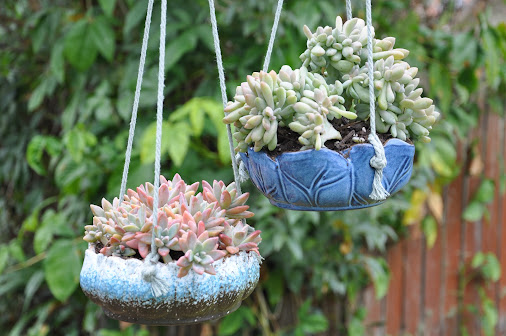
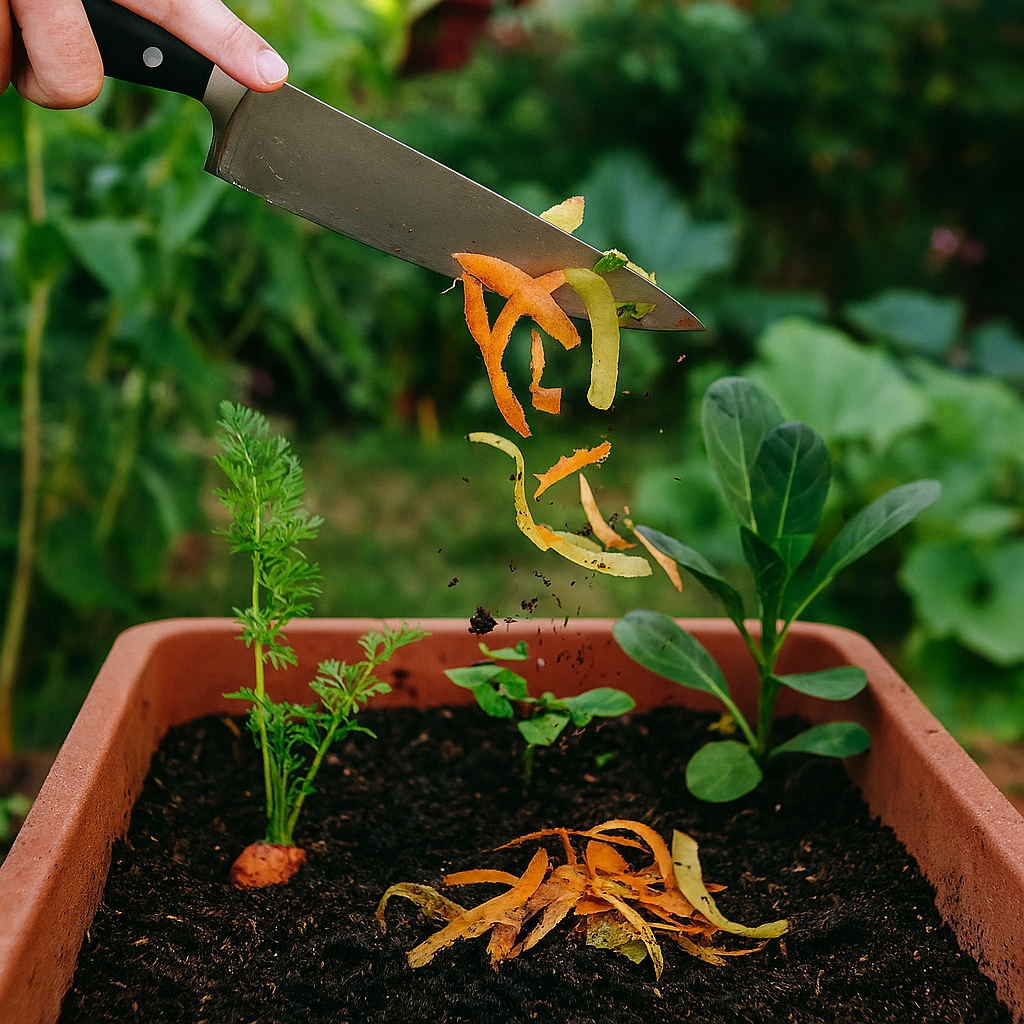
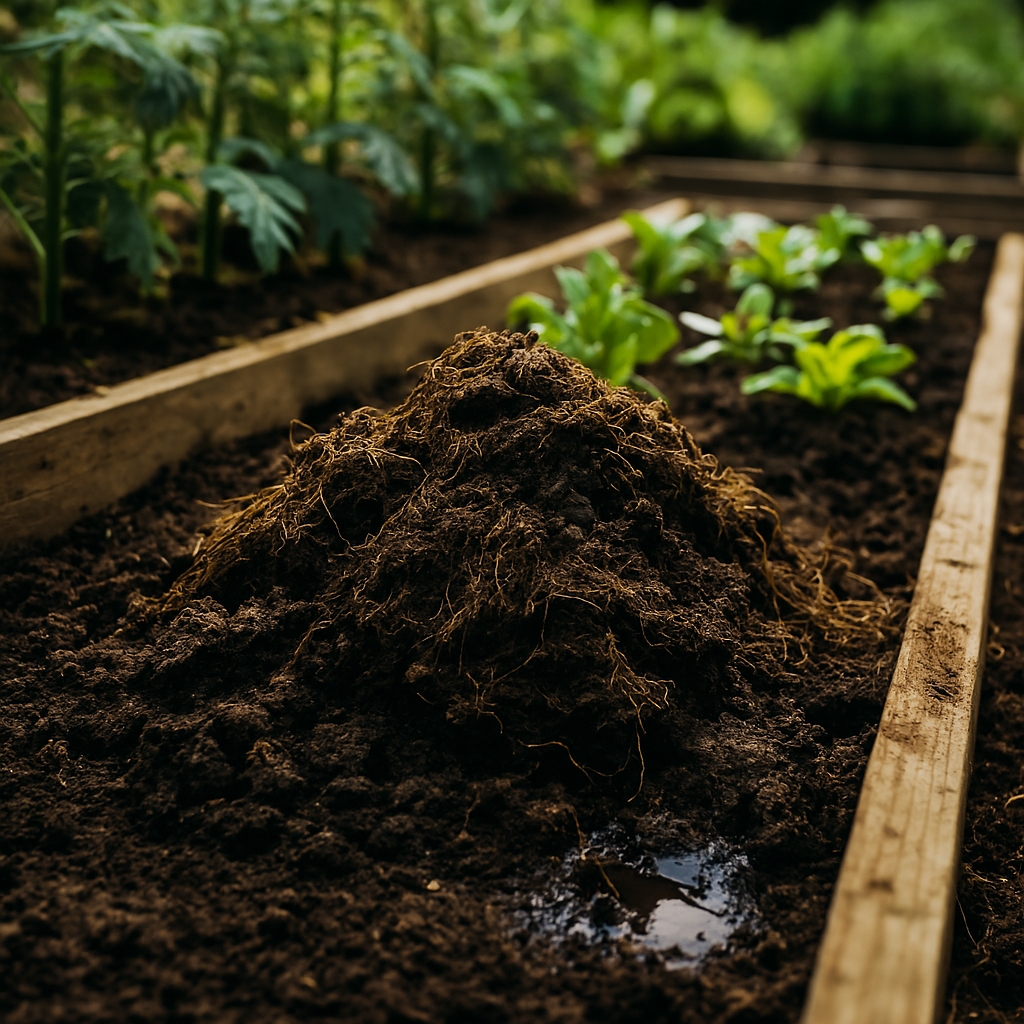
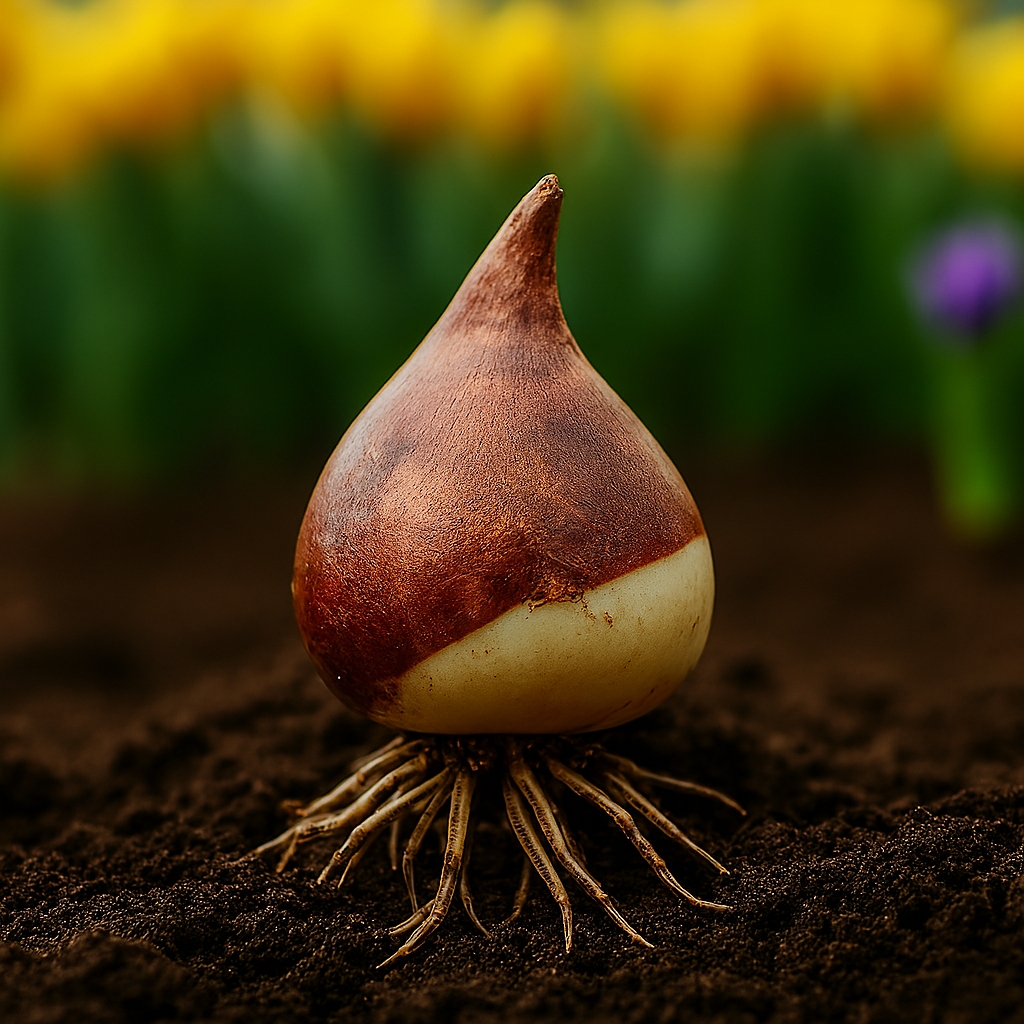
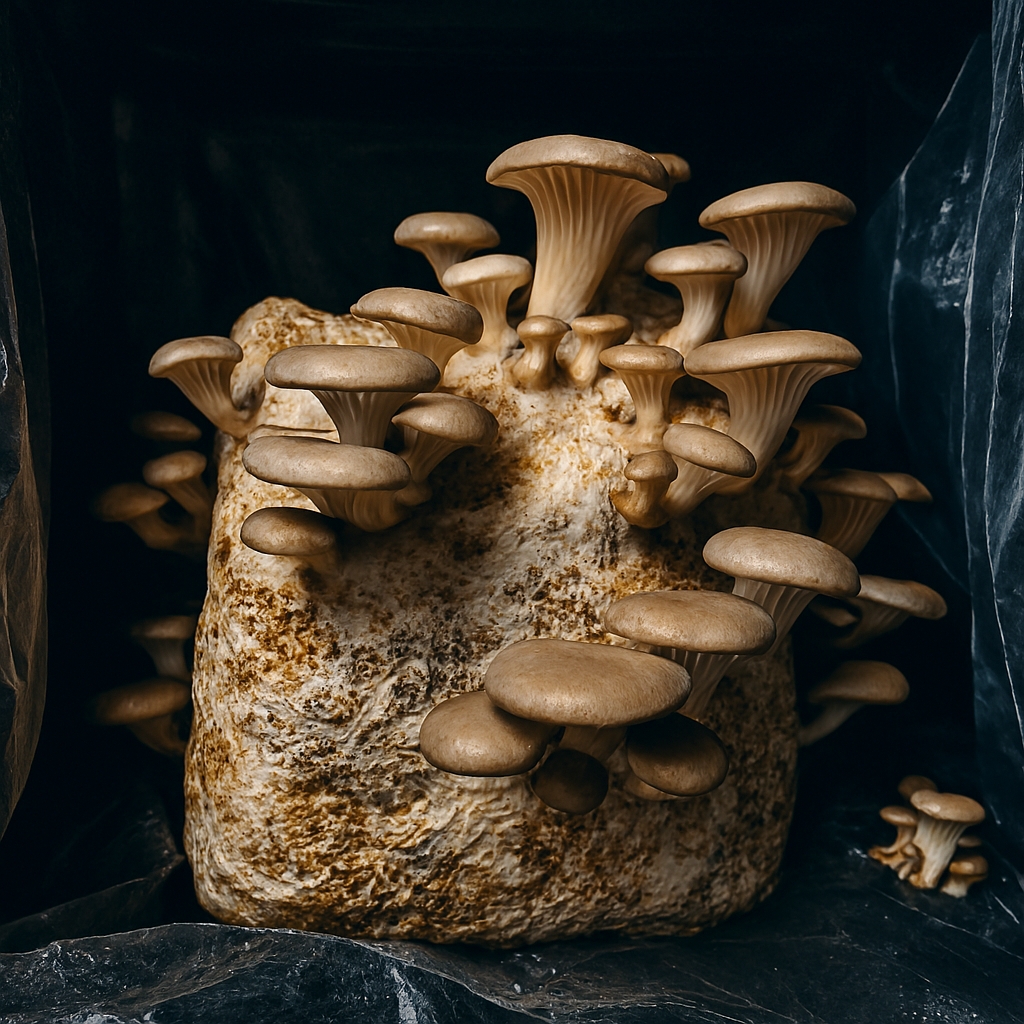
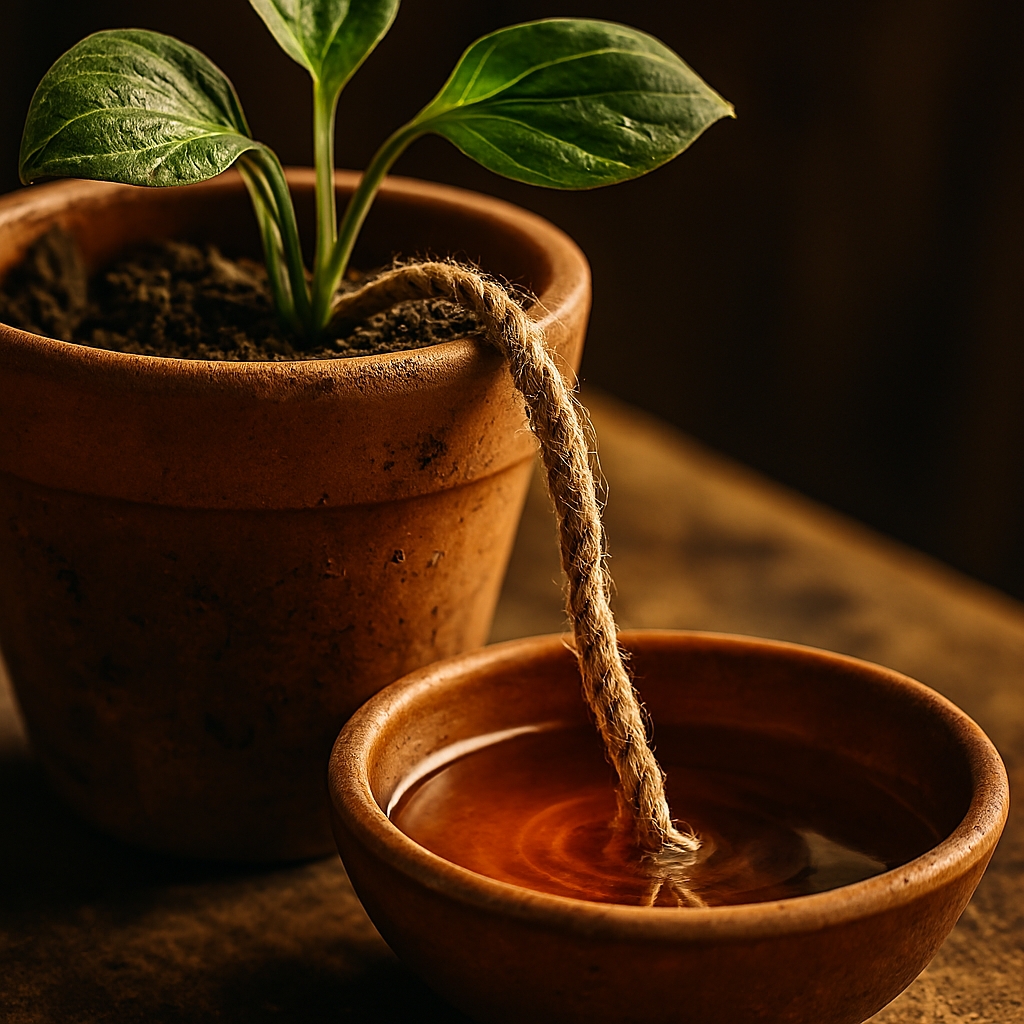
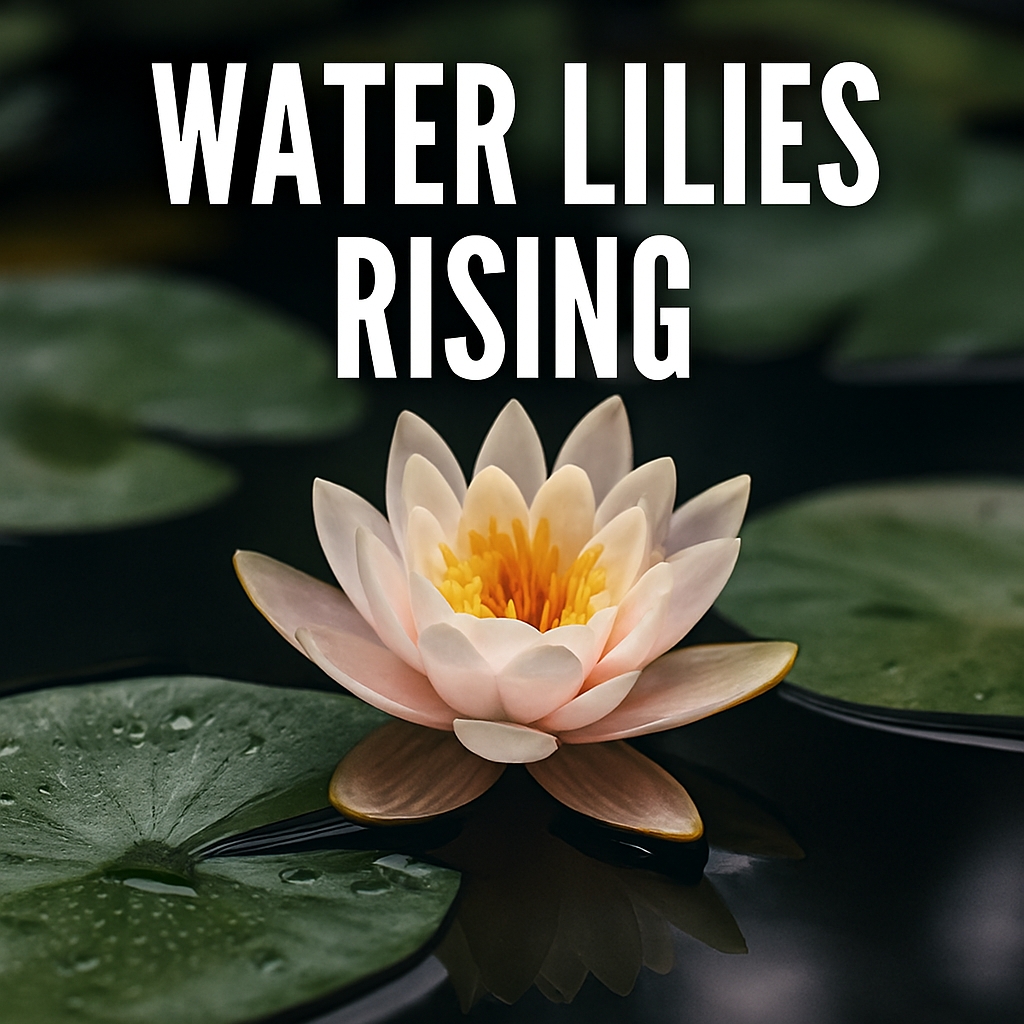
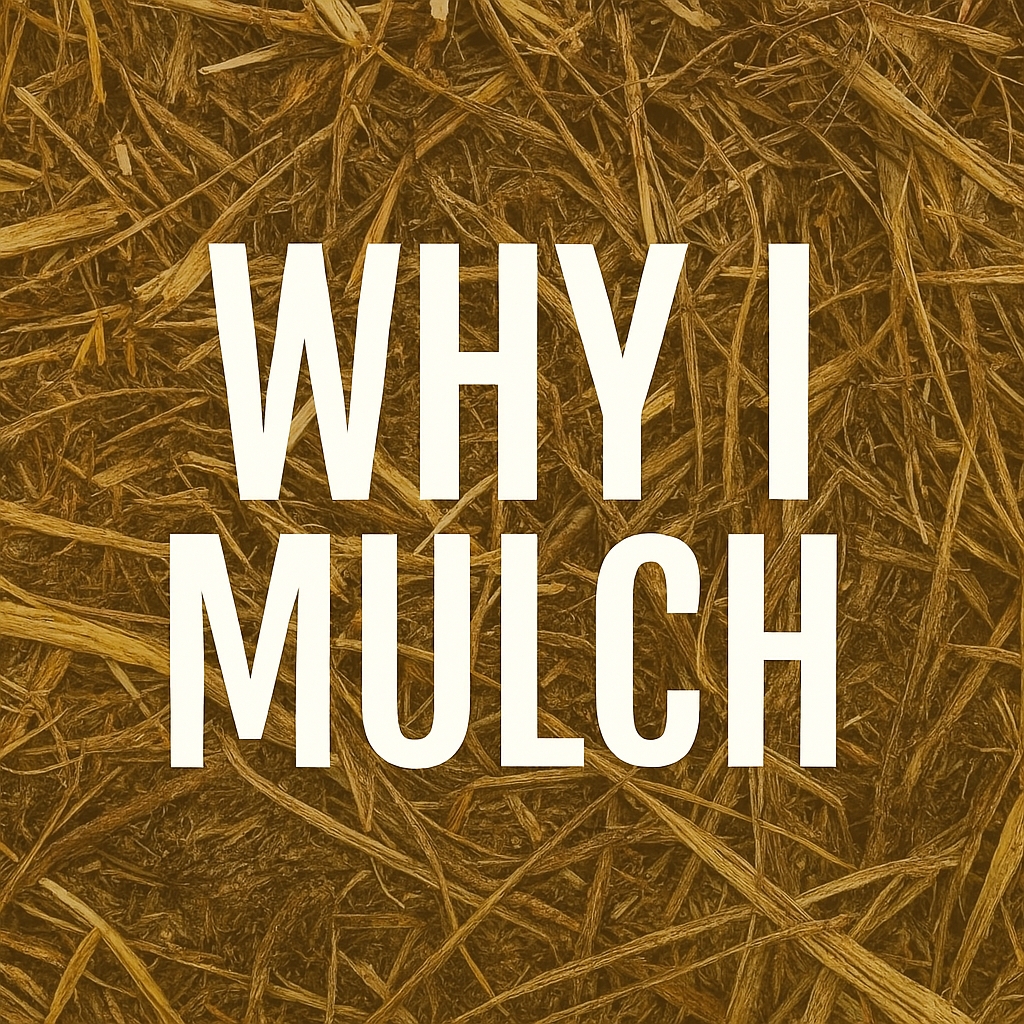
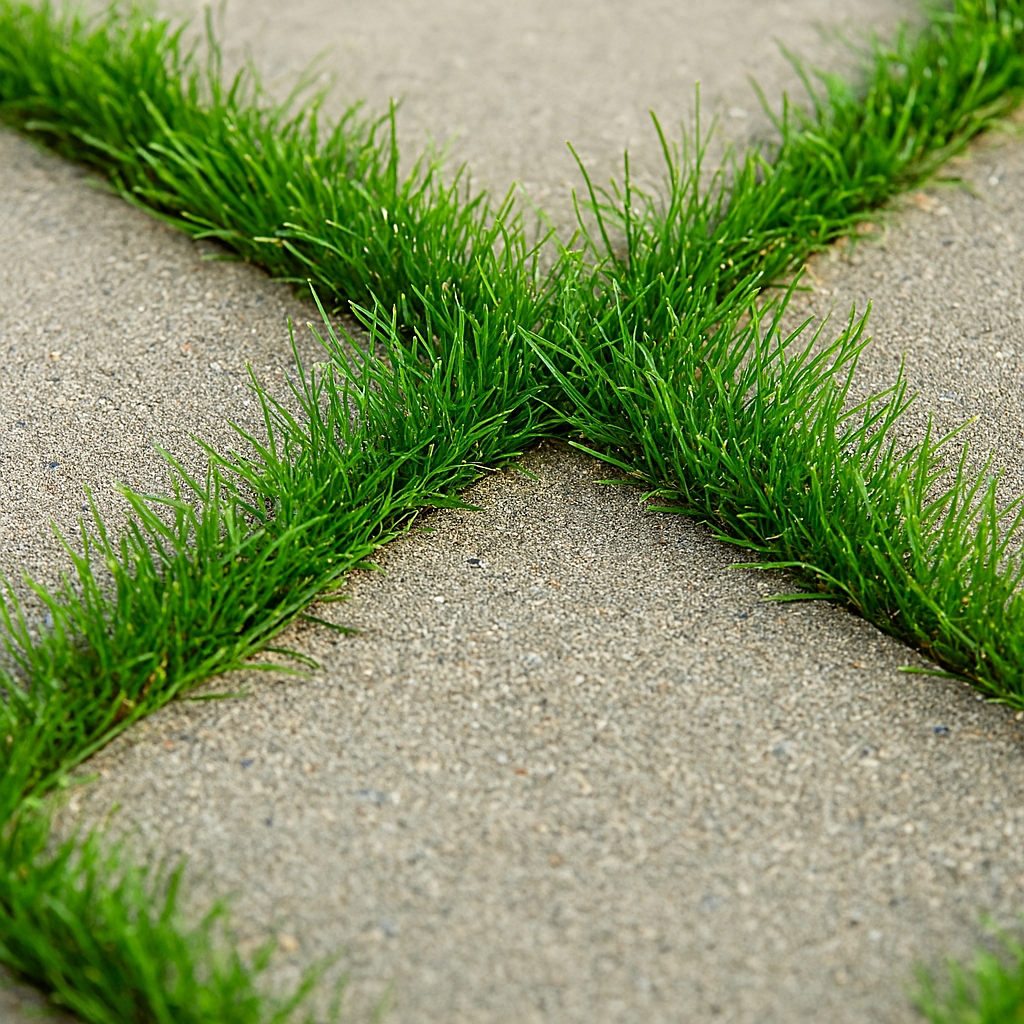
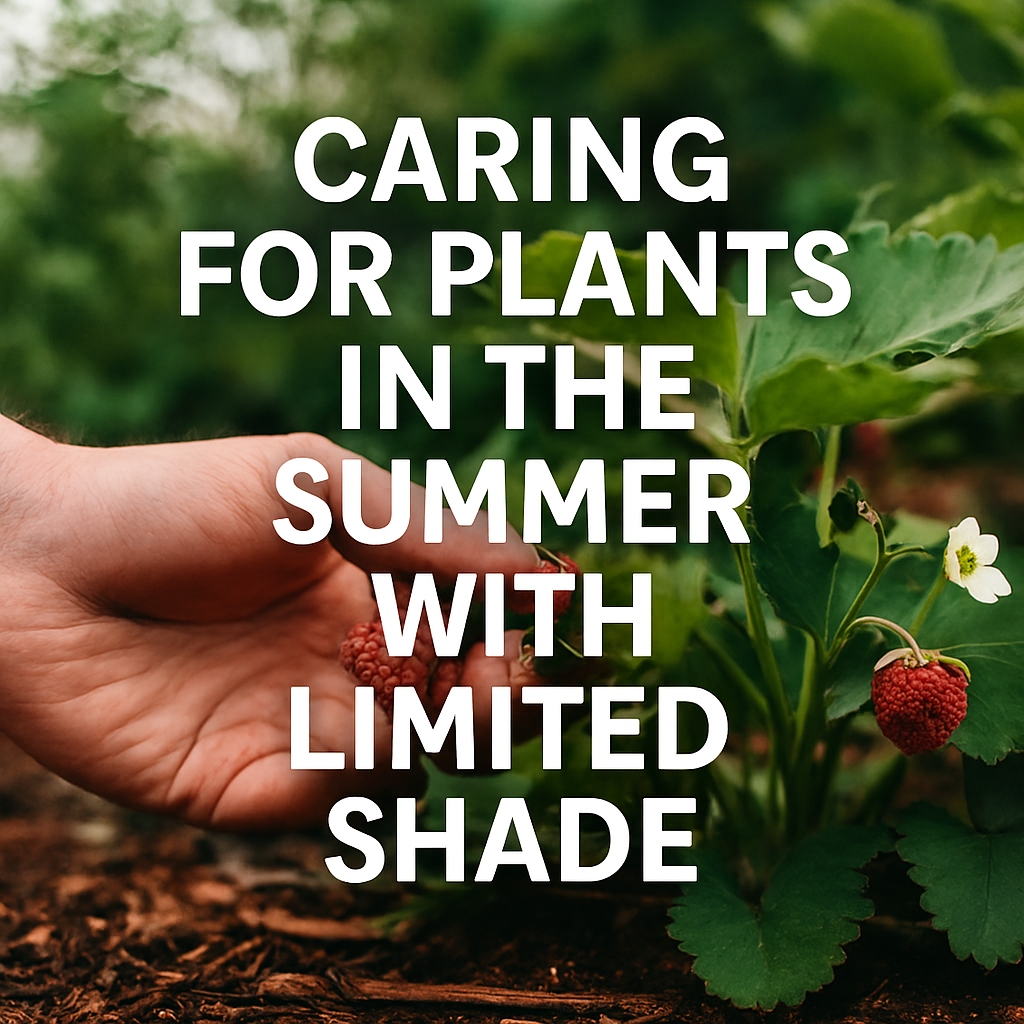
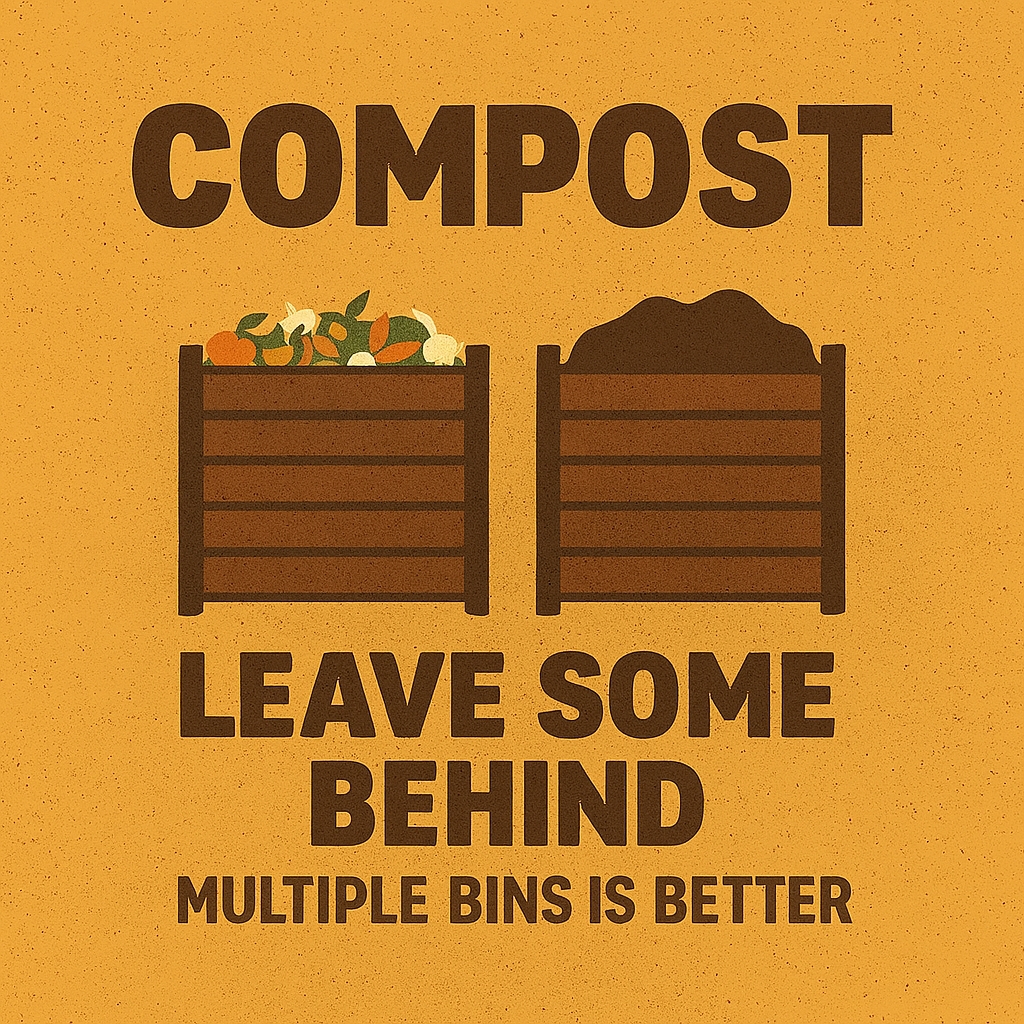

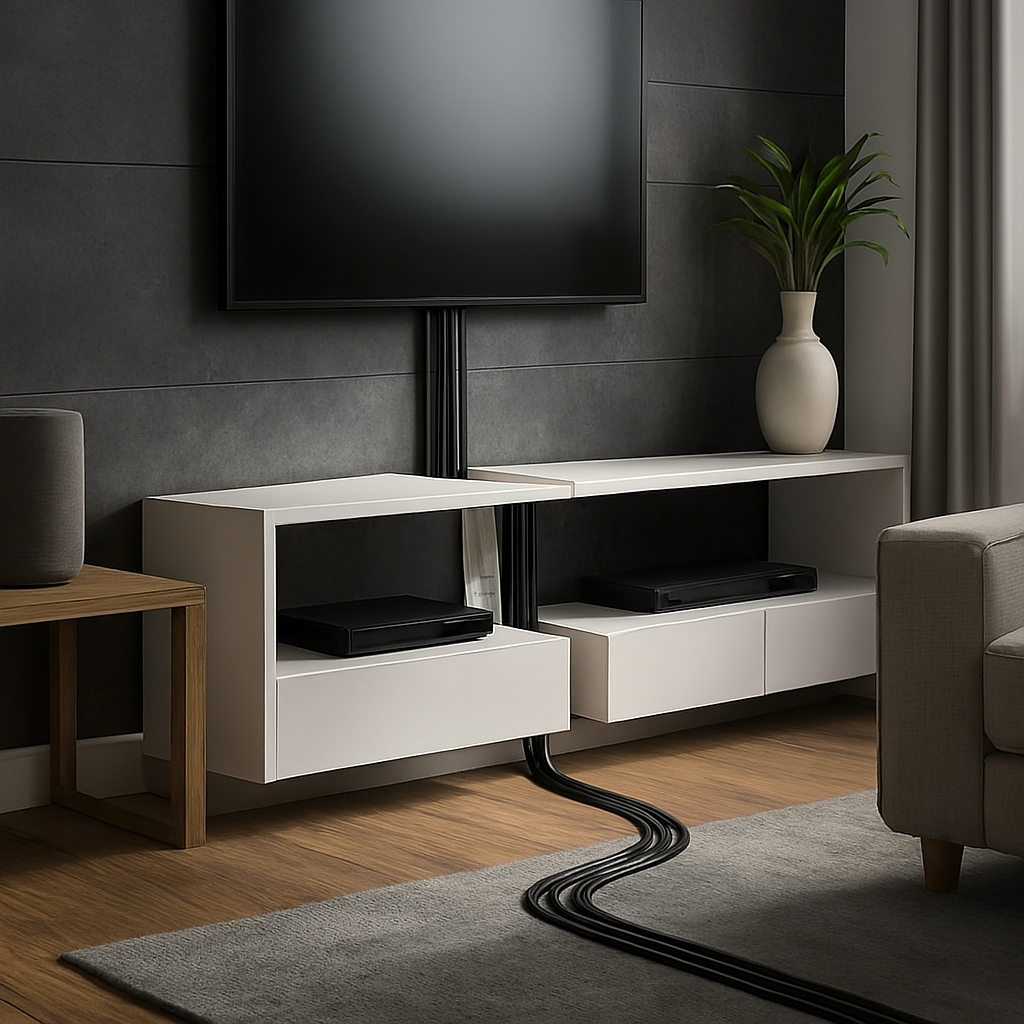

Why I Love To Clustering Plants Especially In Warm Weather
[…] sharing mimics forest ecosystems, where canopy species protect understory growth. The arrangement supports biodiversity by accommodating different light requirements. Smaller plants thrive under partial cover, avoiding direct exposure. Soil temperature […]